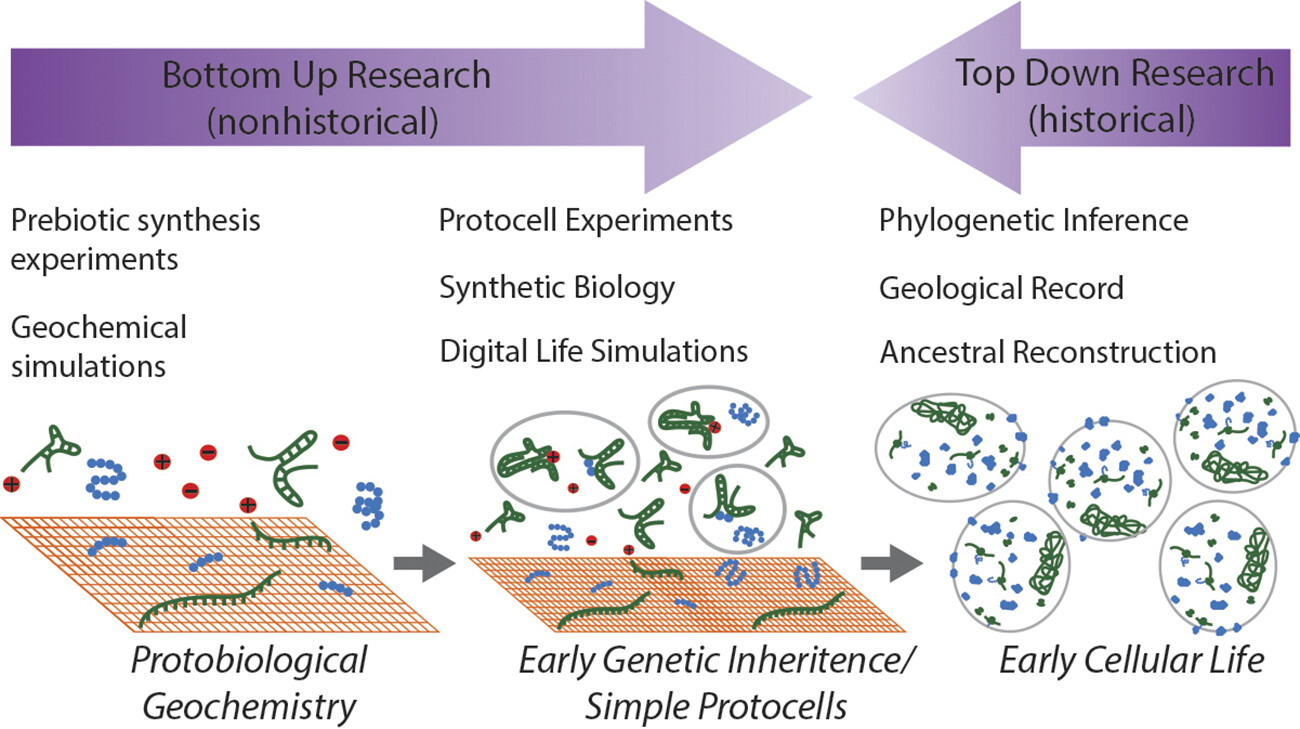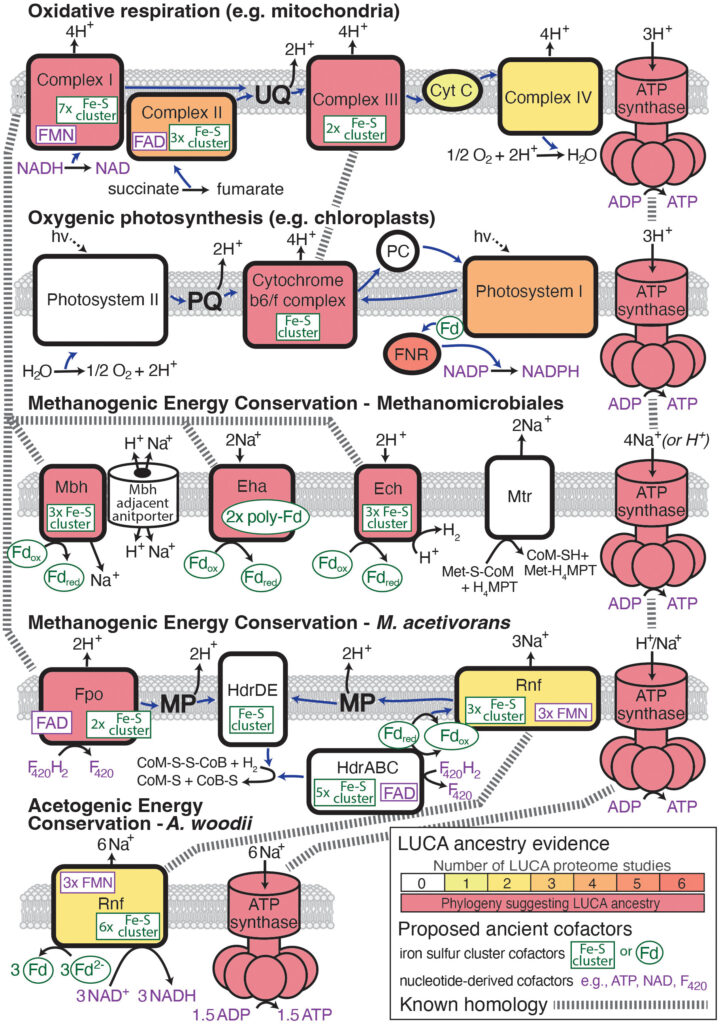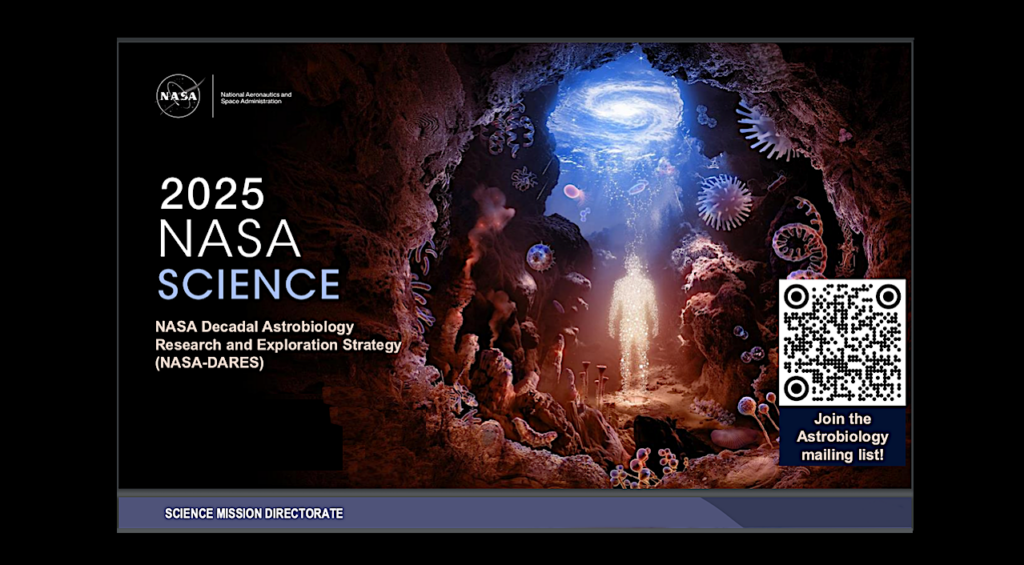Scientists Outline A New Strategy For Understanding The Origin Of Life

Despite decades of progress, the origin of life remains one of the great unsolved problems in science. “The most basic features of biology, that organisms are made of cells, that they pass genetic information through DNA, that they use protein enzymes to run their metabolism, all emerged through specific processes in very early evolutionary history,” says Aaron Goldman, Associate Professor of Biology at Oberlin College. “Understanding how these most basic biological systems first took shape will not only give us greater insight into how life works at the most fundamental level, but what life actually is in the first place and how we might look for it beyond Earth.”
The question of how life first emerged is typically studied through laboratory experiments that simulate early Earth environments and look for chemistries that can create the same kinds of biomolecules and metabolic reactions that we see in organisms today. This is known as a “bottom-up” approach since it works with materials that would have been present on the prebiotic Earth. While these so-called “prebiotic chemistry” experiments have successfully demonstrated how life may have originated, they cannot tell us how life actually did originate. Meanwhile, other research uses techniques from evolutionary biology to reconstruct what early life forms might have looked like based on data from life today. This is known as the “top-down” approach and can tell us about life’s history on Earth. Top-down research, however, can only look as far back as there were genes that are still conserved in organisms today, and therefore not all the way to the origin of life. Despite their limitations, top-down and bottom-up research are aiming at the common goal of discovering life’s origins, and ideally their answers should converge on a common set of conditions.
A new article published by Goldman, Laurie Barge (Research Scientist in Astrobiology at NASA’s Jet Propulsion Laboratory (JPL)), and colleagues, attempts to bridge this methodological gap. The authors argue that combining bottom-up laboratory research on plausible pathways toward an origin of life with top-down evolutionary reconstructions of early life forms can be used to discover how life truly did originate on the early Earth. In their article, “Electron Transport Chains as a Window into the Earliest Stages of Evolution” the authors describe one phenomenon central to life today that could be studied by combining both bottom-up and top-down research: electron transport chains.
Electron transport chains are a type of metabolic system that is used by organisms across the tree of life, from bacteria to humans, to produce usable forms of chemical energy. The many different types of electron transport chains are specialized to each form of life and the energy metabolism they use: for example, our mitochondria contain an electron transport chain linked to our heterotrophic (food-consuming) energy metabolism; whereas plants have a wholly different electron transport chain linked to photosynthesis (the generation of energy from sunlight). And across the microbial world, organisms use a broad range of electron transport chains linked to a variety of different energy metabolisms. But, despite these differences, the authors describe evidence from top-down research that this kind of metabolic strategy was used by the very earliest life forms and they present several models for ancestral electron transport chains that could date back to very early evolutionary history. They also survey current bottom-up evidence suggesting that even before the emergence of life as we know it, electron transport chain-like chemistry could have been facilitated by minerals and early Earth ocean water. Inspired by these observations, the authors outline future research strategies that synthesize top-down and bottom-up research on the earliest history of electron transport chains in order to gain a better understanding of ancient energy metabolism and the origin of life more broadly.
This study is the culmination of five years of previous work by this multi-institute interdisciplinary team led by Barge at JPL, which was funded by the NASA-NSF Ideas Lab for the Origins of Life to study how metabolic reactions could have emerged in geological settings on the early Earth. Previous work by the team has investigated, for example, specific electron transport chain reactions driven by minerals (led by Jessica Weber, JPL Research Scientist); how ancient enzymes may have incorporated prebiotic chemistry in their active sites (led by Goldman); and microbial metabolism in extremely energy-limited environments (led by Doug LaRowe, at the University of Southern California). “The emergence of metabolism is an interdisciplinary question and so we need an interdisciplinary team to study this,” says Barge. “Our work has utilized techniques from chemistry, geology, biology, and computational modeling, to combine these top-down and bottom-up approaches, and this kind of collaboration will be important for future studies of prebiotic metabolic pathways.”

Signatures of early evolution across different types of chemiosmotic energy conservation. Electron flow is shown as blue arrows. Likely ancestry from the LUCA is reflected by either direct phylogenetic evidence or the number of different LUCA proteome studies (out of eight total) that predict a component of the complex to be descended from the LUCA (SI Appendix) (38, 64). Protein cofactors that are potential relics of prebiotic mineral catalysis (65) or ribozyme catalysts (66) are highlighted in green and purple, respectively. Homology across different ETC components is indicated by a dashed line. Electron carrier proteins that are components of ETC complexes such as cytochrome B are not shown.
Electron transport chains as a window into the earliest stages of evolution, PNAS (open access)
astrobiology







